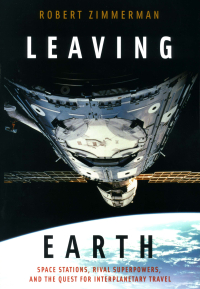Editors representing almost two dozen journals have publicly asked for an investigation into almost two hundred papers authored by anesthesiologist Yoshitaka Fujii.
On 8 March, the journal Anaesthesia published an analysis questioning data in 168 of Fujii’s papers. Now the group of editors, mostly from journals focusing on anesthesiology, is planning to retract what may be Fujii’s entire English language body of work if the institutions with which he was affiliated cannot confirm that the studies took place, that the original research data have been verified, and that the studies had been properly reviewed in advance for ethical considerations.
Given the results of the Toho University investigation, getting those confirmations might be problematic. According to Ken Takamatsu, dean of the university’s faculty of medicine, Fujii told Toho’s investigating committee that he had discarded the experimental data for all of the studies then being questioned, but he claimed there had been no fabrication. [emphasis mine]
The number of papers in question equals 193. If these are all retracted it would be a new record.
The highlighted words illustrate something that pertains to the climate field, climategate, and Phil Jones of the Climate Research Unit of East Anglia University. Jones, like the anesthesiologist above, had also destroyed his original data, making it impossible to verify the validity of his work. In both cases, such behavior is completely unacceptable in the field of science. It appears the field of anesthesiology recognizes this obvious fact. Sadly, the climate field does not, as Jones’ work is still considered valid by too many climate scientists.
One more thought: That it was possible for so many papers to be published in peer-reviewed journals — despite the fact that the editors now admit that they cannot even confirm that the studies took place — tells us a great deal about the failures in modern peer-reviewed science.




